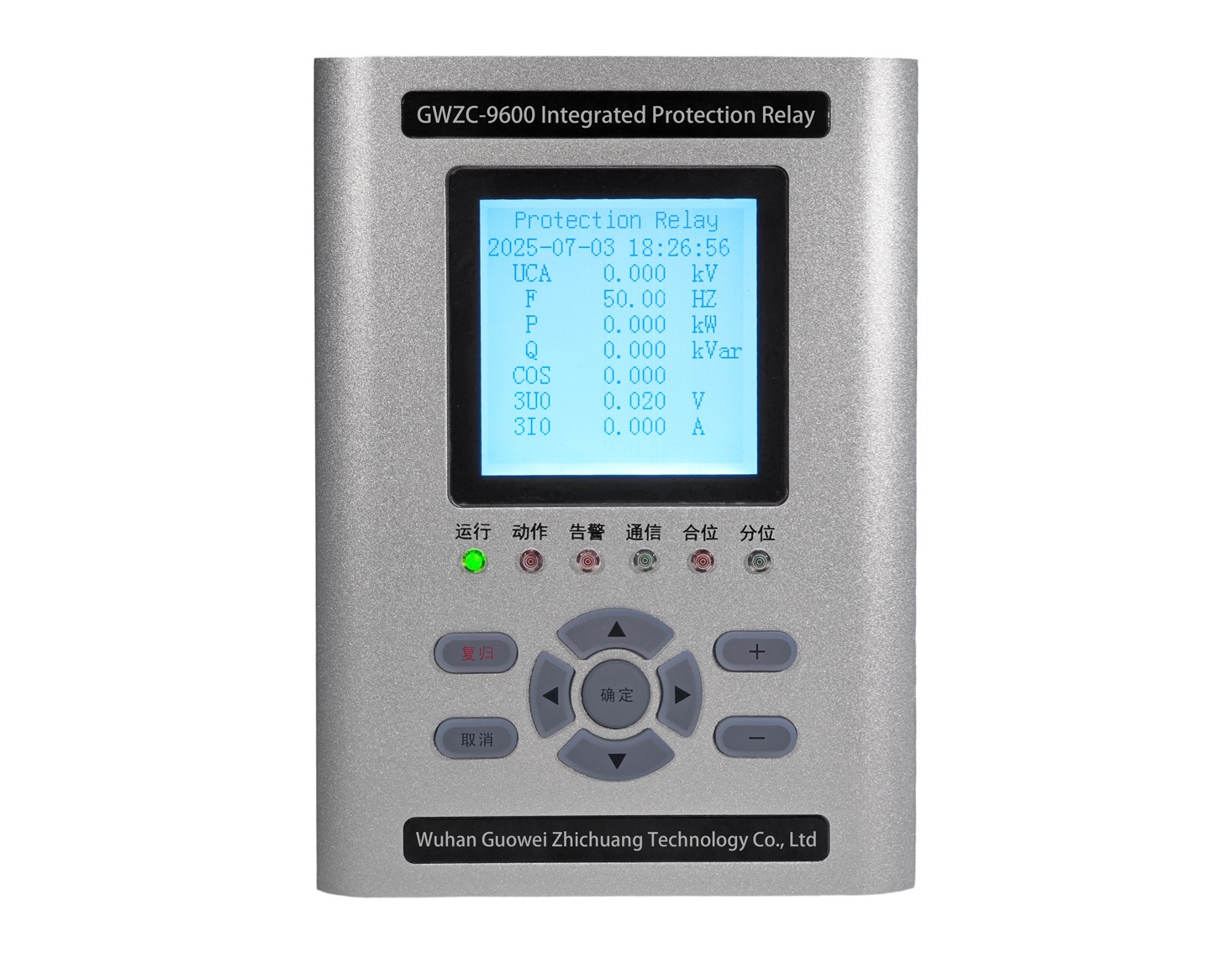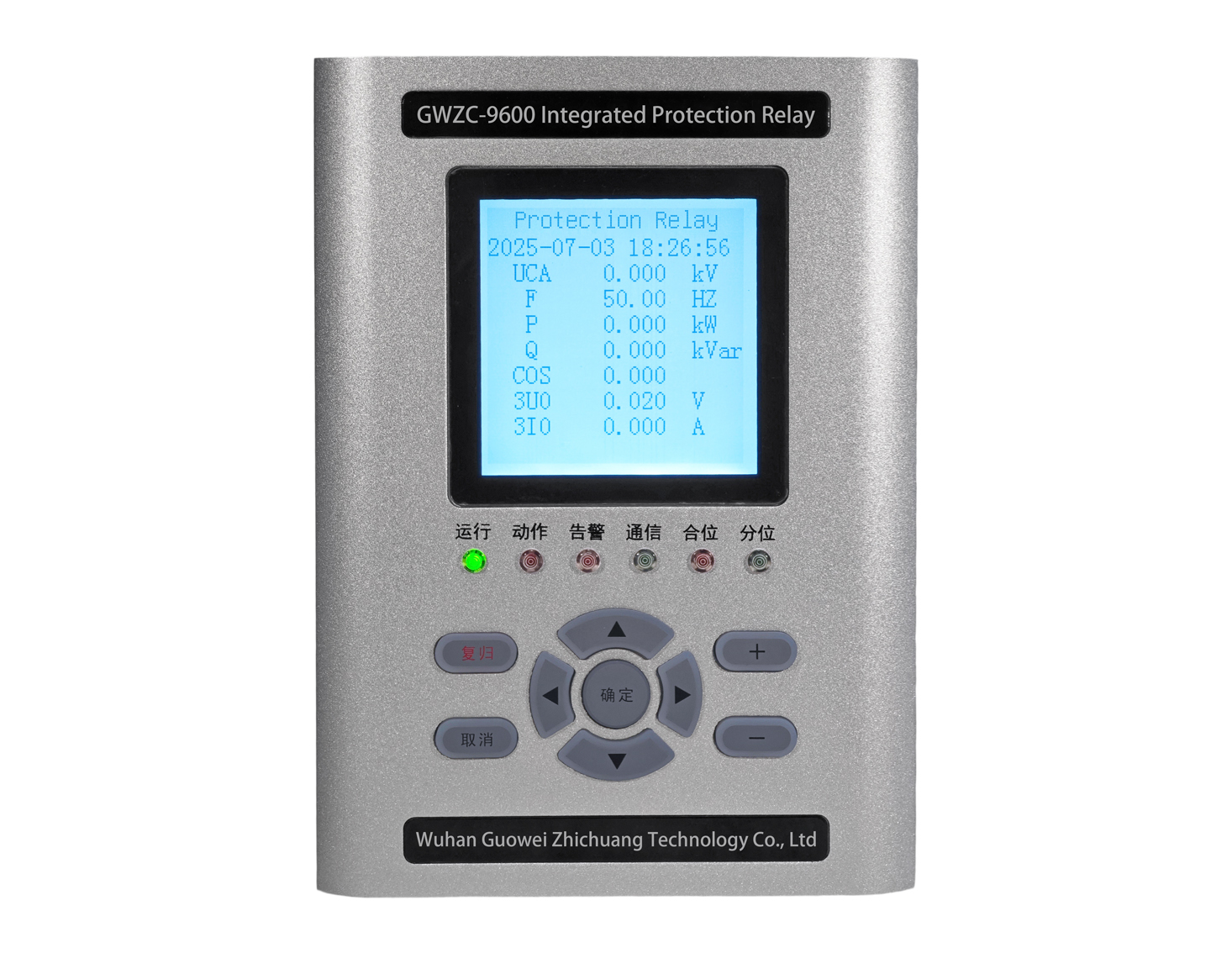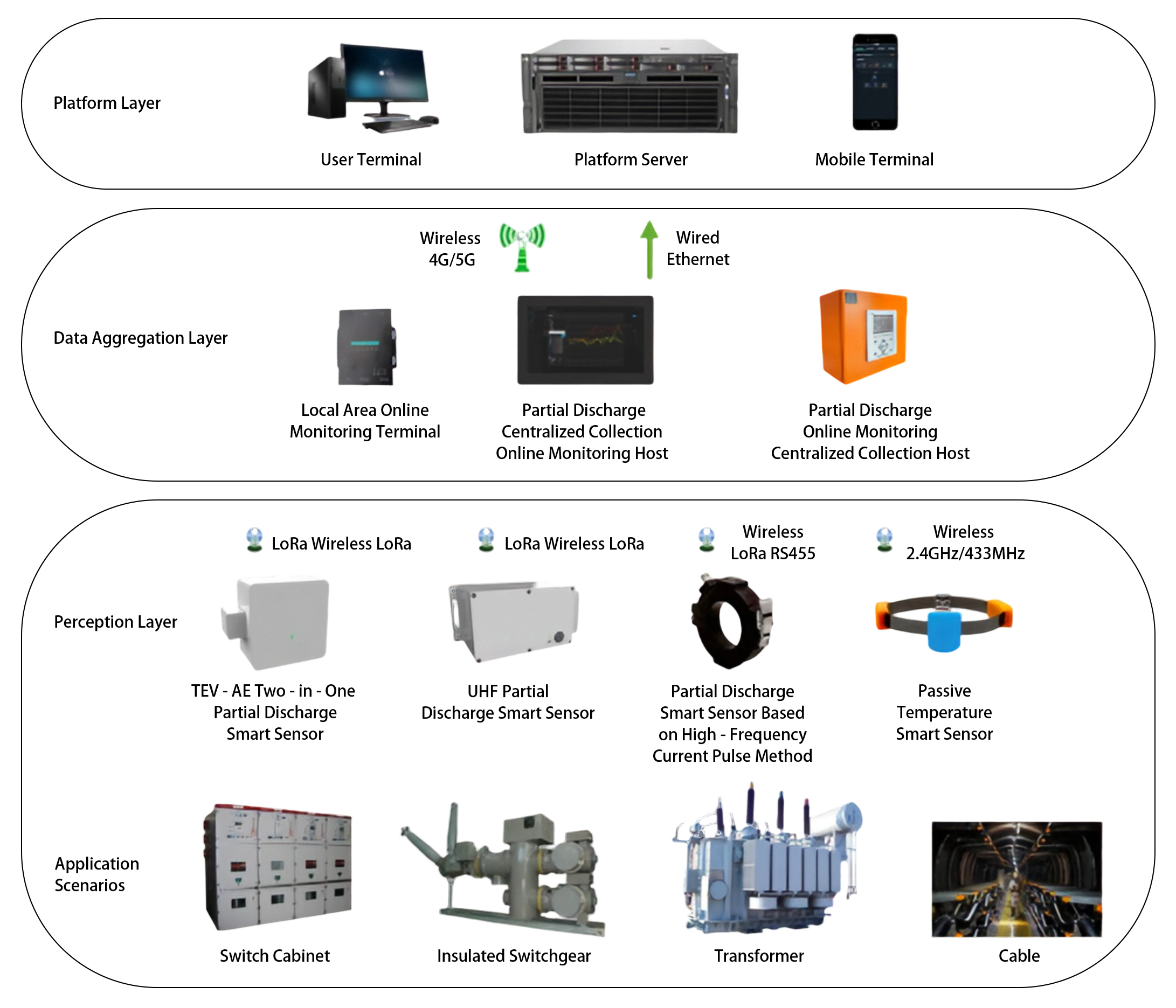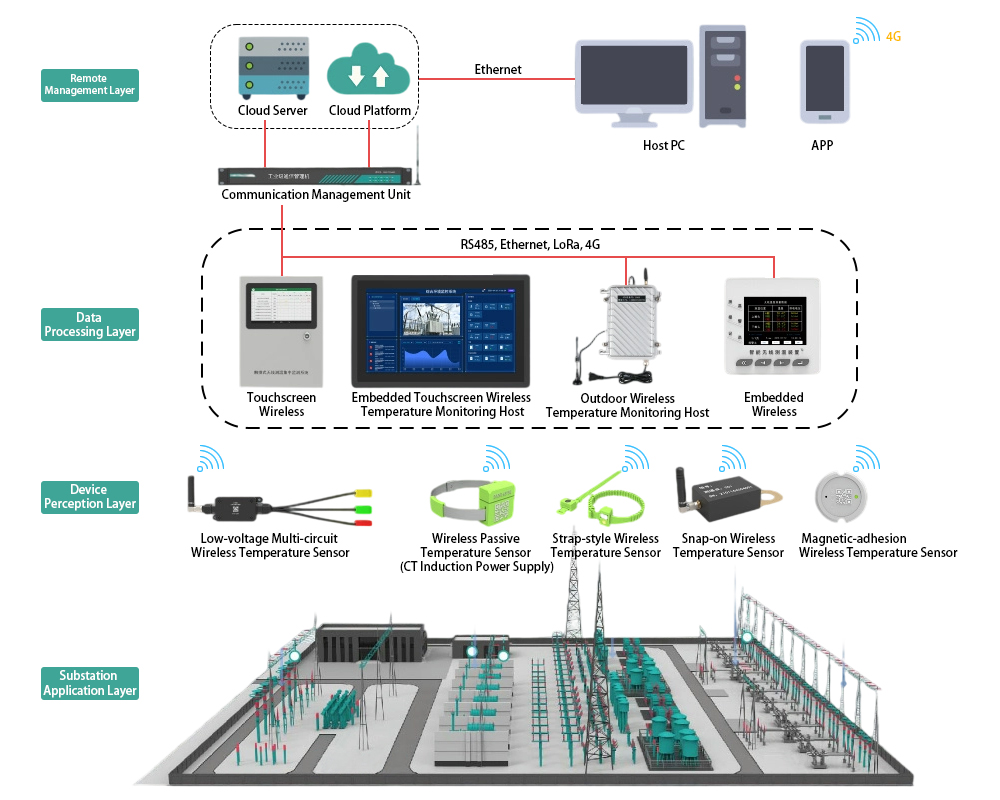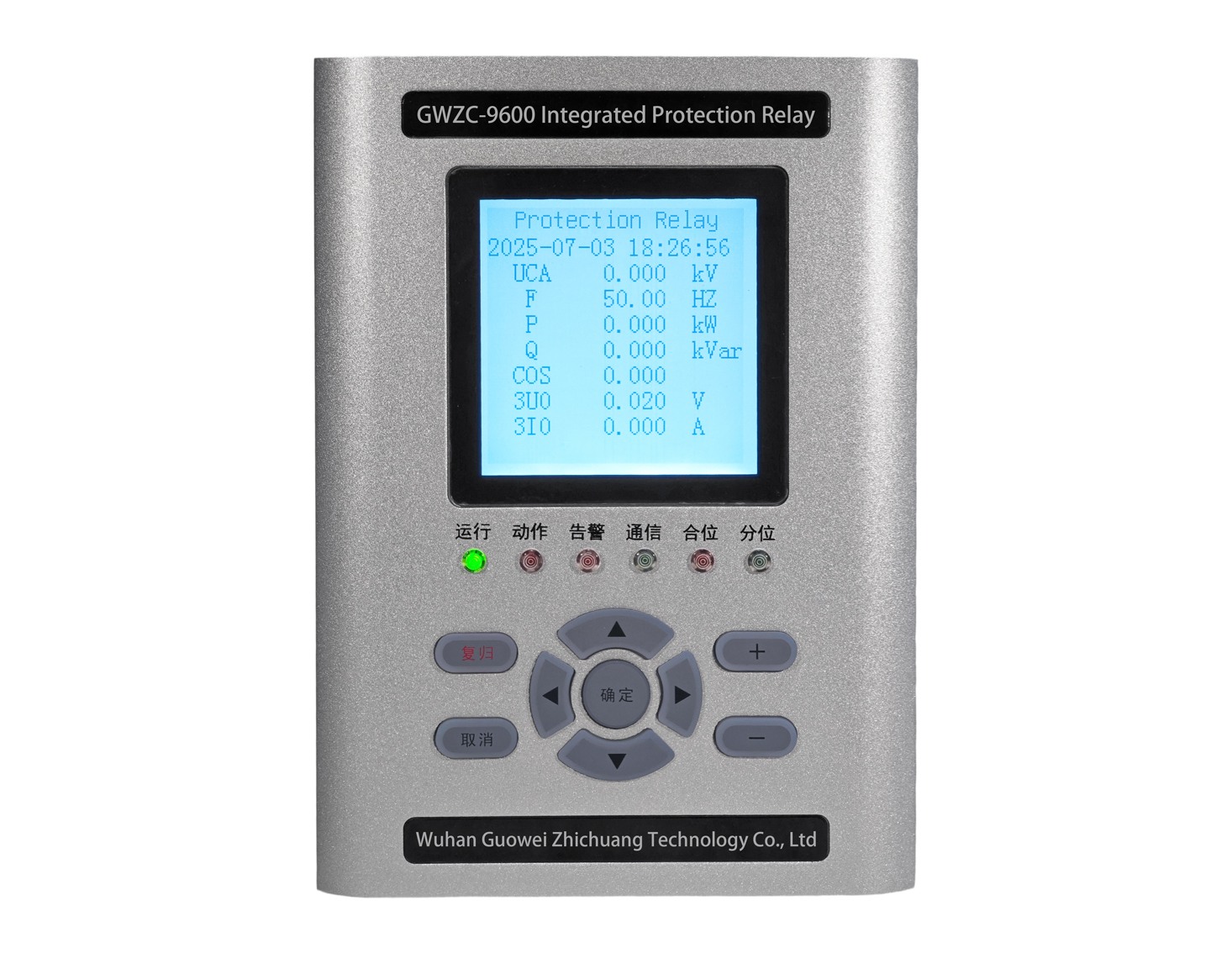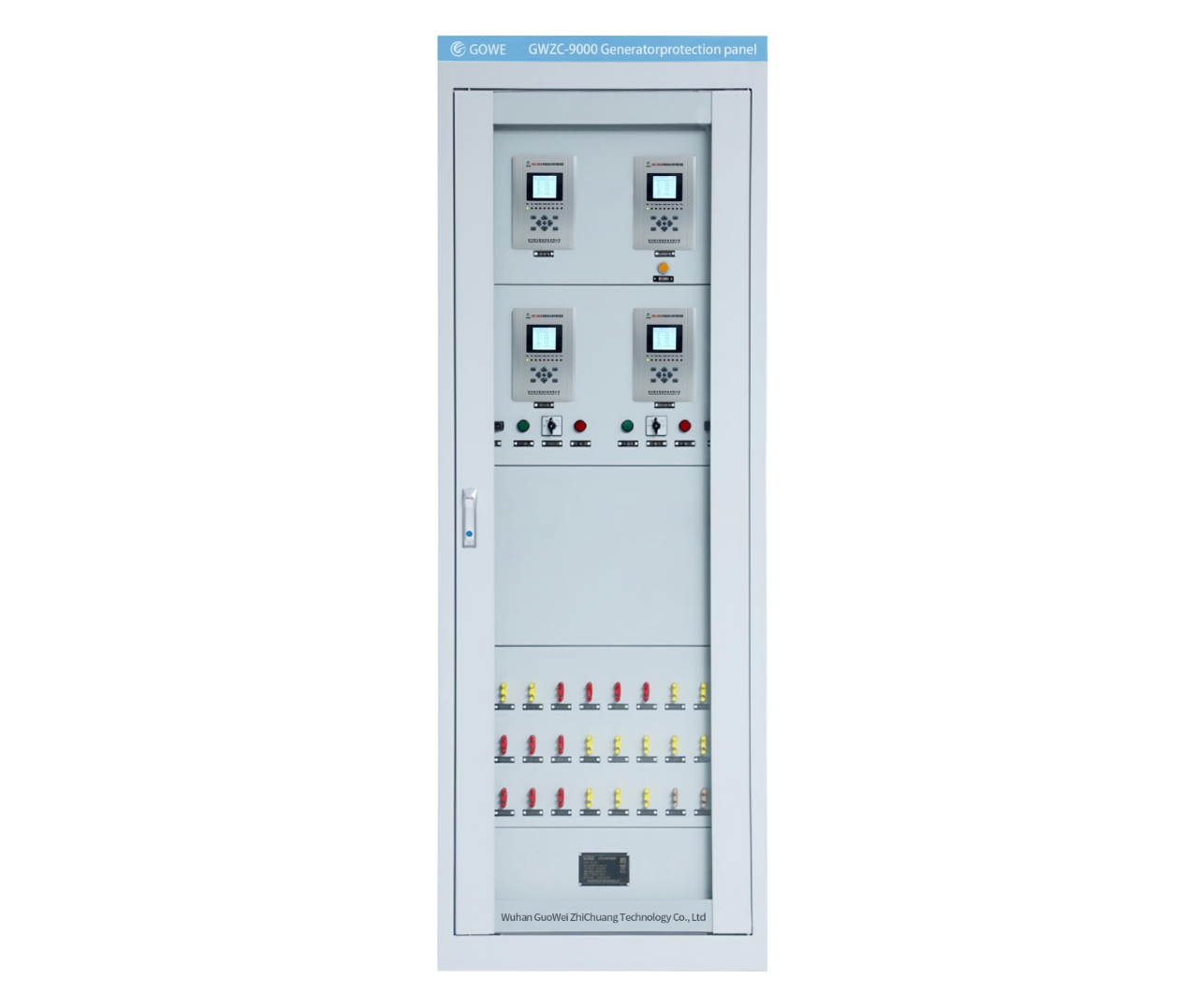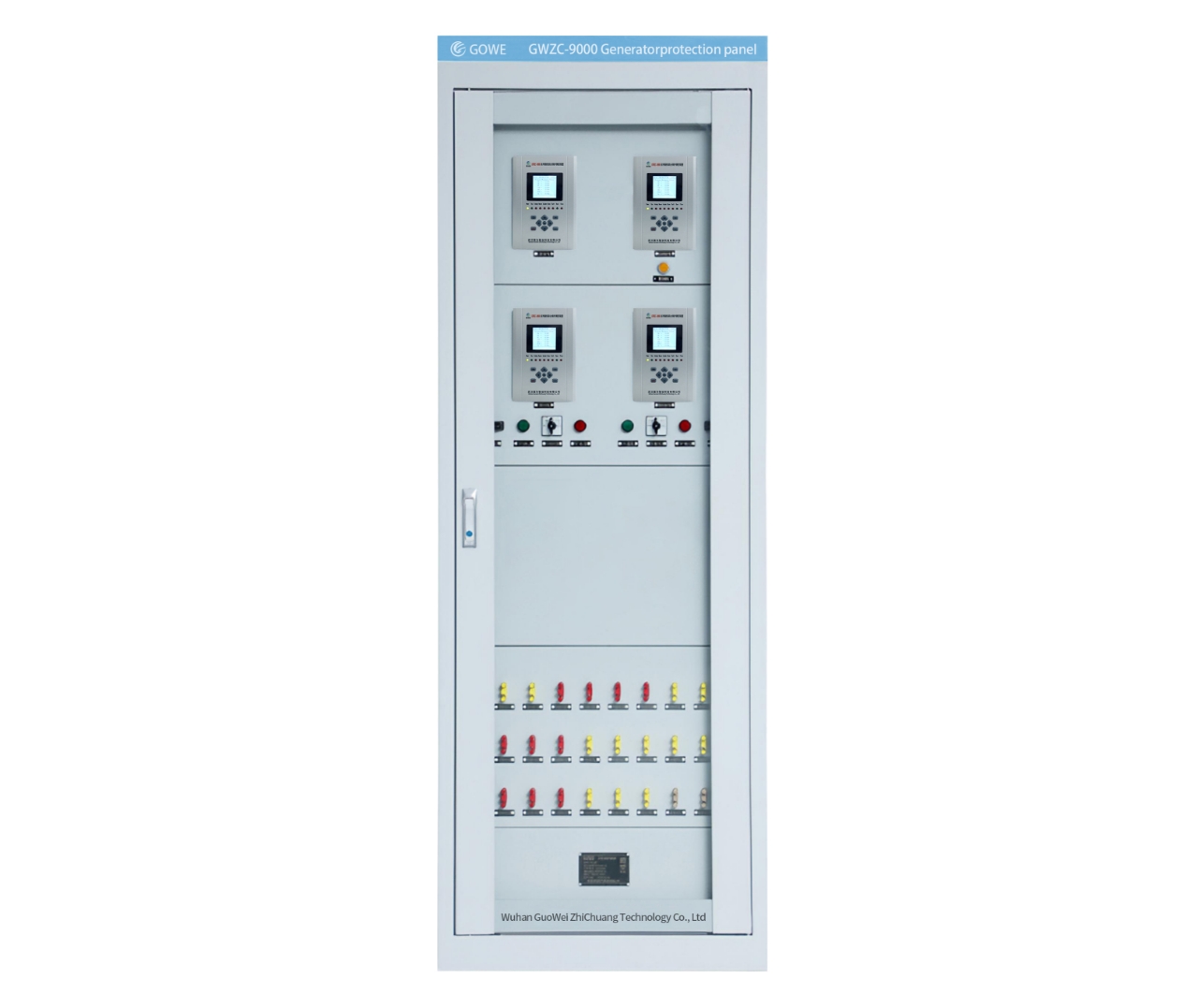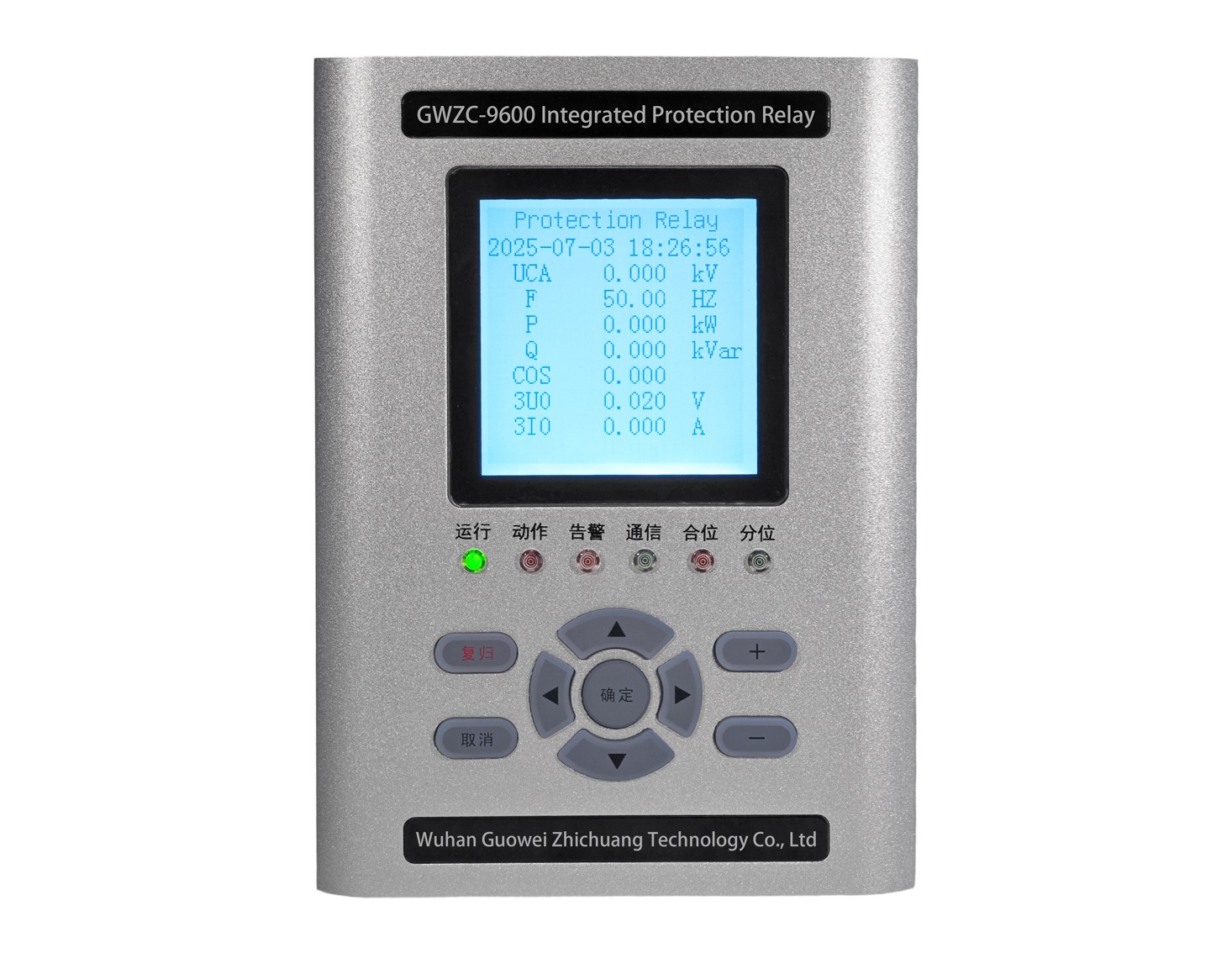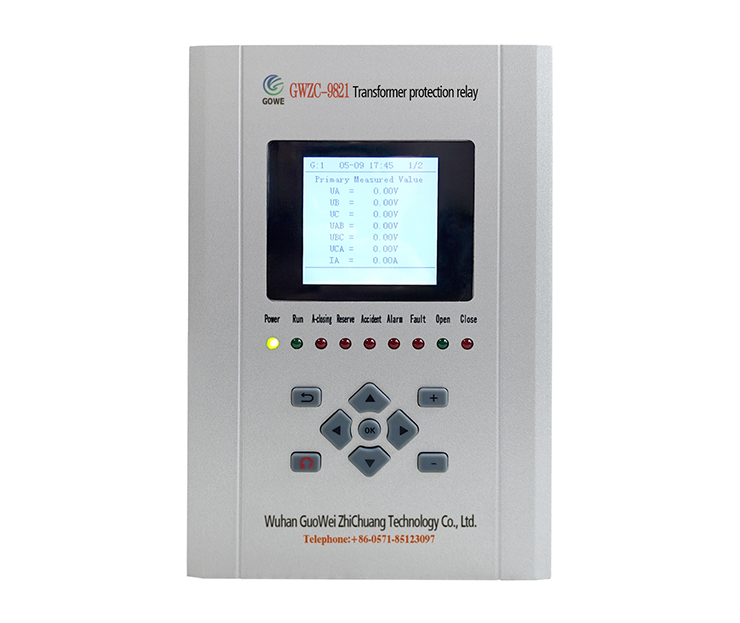
In relay protection systems, we often encounter concepts such as zero-sequence current protection in microprocessor-based protection relay and inverse-time negative-sequence protection in transformer protection relays. Initially, I found these concepts quite confusing. However, to facilitate subsequent study and work, it is essential to understand these critical concepts of positive sequence, negative sequence, and zero sequence in three-phase circuits.
Positive Sequence in Three-Phase Circuits
Definition: Three-phase voltages or currents have equal magnitudes with phase angles successively lagging by 120°, following the sequence A→B→C (clockwise).
Characteristics:
Example:
Negative Sequence in Three-Phase Circuits
Definition: Three-phase magnitudes are equal, but phase angles successively lead by 120°, following the sequence A→C→B (counterclockwise).
Characteristics:
Example:
Zero Sequence in Three-Phase Circuits
Definition: Three-phase voltages or currents have identical magnitudes and phases (no phase difference).
Characteristics:
Example:
Mathematical Representation of Positive, Negative, and Zero Sequences (Symmetrical Components Method)
Asymmetrical three-phase quantities (U A ,U B ,U C ) can be decomposed into:
where a=e j120° is the phase rotation operator.
Application Scenarios of Positive, Negative, and Zero Sequences
Summary of Positive, Negative, and Zero Sequences
